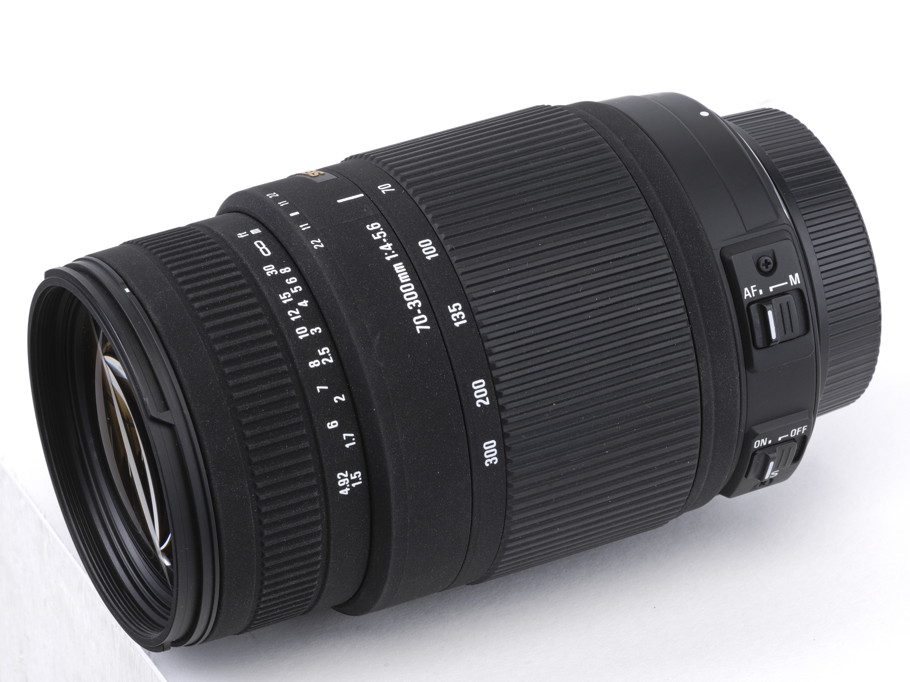TechRadar Verdict
Pros
- +
Sharpness is good at 300mm, even when using the largest aperture of f/5.6
- +
Effective 4-stop optical stabiliser
- +
Robust build quality
Cons
- -
Autofocus motor is quite noisy in operation
- -
Front element extends and rotates during focusing
- -
Lacks the 0.5x macro facility of Sigma's older 70-300mm APO lens
Why you can trust TechRadar
At a glance, it's easy to think that this is a newer version of Sigma's 70-300mm f/4-5.6 APO DG Macro lens, but with an optical stabiliser fitted (OS). Sure enough, the Sigma 70-300mm f/4-5.6 DG OS is still a 'DG' lens designed for full-frame DSLRs and equally compatible with APS-C bodies that have smaller image sensors, but it's a completely different lens.
Available in various mount options for Canon, Nikon, Pentax, Sigma and Sony bodies, the effective zoom range is 112-480mm on Canon APS-C cameras and 105-450mm in all other fitments.
On current Pentax and Sony bodies, you get the choice of whether to use the Sigma's optical stabiliser or sensor-shift stabilisation featured in the camera. Using both stabilisers simultaneously can lead to problems and, in our tests, we've found the in-lens optical stabilisation works rather better, especially at long telephoto zoom settings.
There's no HyperSonic Motor (HSM) autofocus actuator, the lens relying instead on a standard electric motor. By contrast, the OS is relatively high-tech and delivers a 4-stop advantage in beating camera-shake.
Unlike the cheaper Sigma 70-300mm APO, the Sigma 70-300mm f/4-5.6 DG OS lens features just one Special Low Dispersion (SLD) element rather than three.
Overall, there are 16 elements built into 11 groups and a 9-blade diaphragm which enables an aperture range of f/4-5.6 to f/22-32. Another crucial difference is that this lens lacks the APO version's macro facility, the maximum magnification factor being 0.25x instead of 0.5x.
